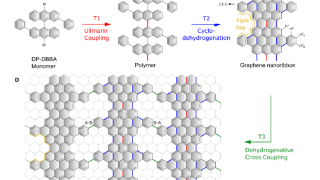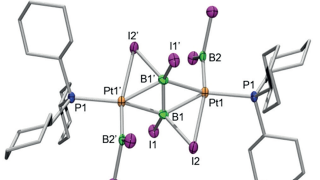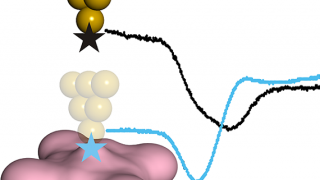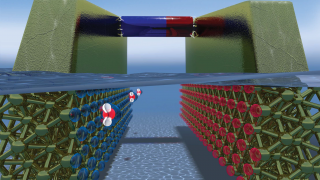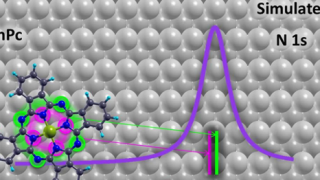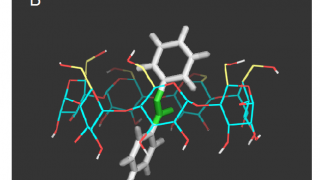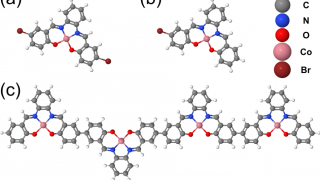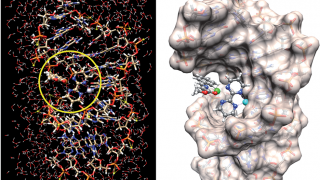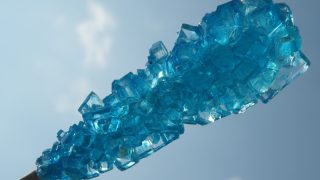
What bounds a molecular solid together?
We usually think of crystals as composed of different atoms in certain proportions, this proportion being the molecular fórmula that represents the crystal. However, it is not surprising that any molecule could be the basis of a crystal structure, whether a simple molecule such as methane, or a complicated molecule such as a protein or […]
